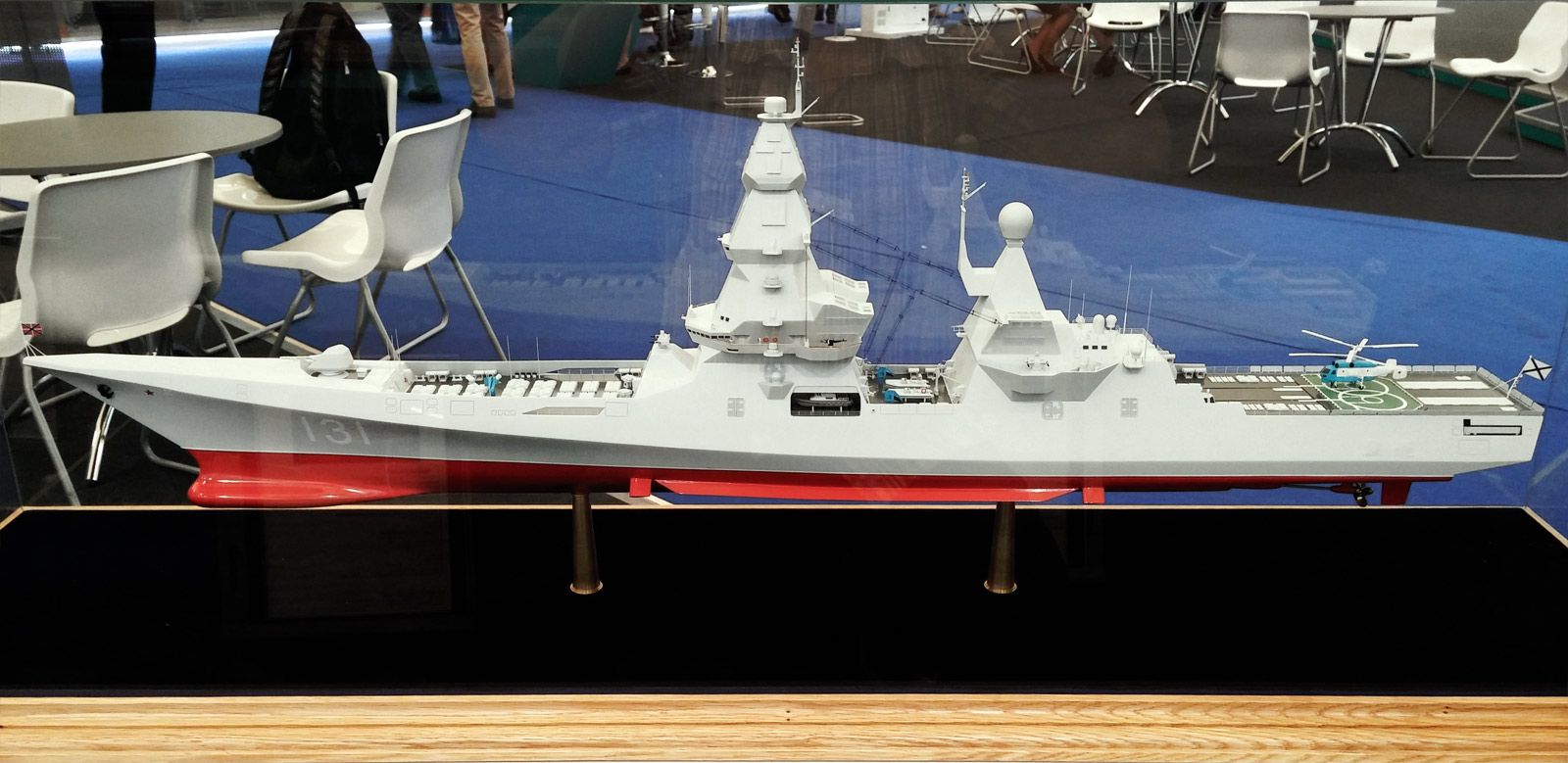The Project 23560 Leader-class destroyer will replace several warship types at once in the Russian Navy’s inventory, including guided missile cruisers and large antisubmarine warfare (ASW) ships. The Severnoye Design Bureau has started working on her engineering design, according to the Izvestia daily.
The ship will displace about 17,500 tons, which will make her close enough to Project 1144 Orlan-class (NATO reporting name: Kirov-class) heavy missile cruisers in terms of dimensions. According to former Russian Navy Deputy Commander-in-Chief Admiral Igor Kasatonov, the development of a ship like that implies certain geopolitical interests of Russia’s leadership. Metal will be cut for the new warship after 2018, according to the United Shipbuilding Corporation (USC). In all, a series of eight destroyers is planned.
Nuclear-powered cruisers have the self-sustained operating capability and formidable weaponry and can operate anywhere in the world. The Russian Navy has not ordered ships like that since 1989. Hence, the development means that the country has regained geopolitical interests in remote corners of the world now, Kasatonov noted.
Valery Polovinkin, advisor to the director general of the Krylov State Research Center that worked out the destroyer’s preliminary design, says the sophisticated ship will combine the best of several types of surface combatants at once. She will have antimissile and space defense capabilities and serve as a kind of strong point in the ocean.
The Leader will be a versatile ship triple-hatted as destroyer, large ASW ship and guided missile cruiser while being smaller than Project 1144 ships and carrying far more weaponry. The self-contained operation capability of similar ships is usually based on their stock of provisions, and their nuclear propulsion plants can do without refueling for years.
The advanced destroyer will be equipped with the RITM-200 nuclear power plant fitting the future Project 22220 icebreaker, which lead ship, the Arktika, was launched in June. The Leader’s power plant will propel her to 30 knots.
Judging by the mockup exhibited at the Army 2015 show, the warship will carry vertical launch systems (VLS) of the Kalibr (SS-N-27 Sizzler) missile system. Her long-range air defense (AD) weaponry will be in the form of the S-500 Prometei SAM system. The VLS of the Poliment-Redut system will handle short-range aerial threats. The VLS will be controlled by the Poliment active electronically scanned array (AESA) radar system. The Leader may carry two modules of the navalized version of the Pantsir-M SAM/gun system. She also will get a 130-mm A-192 versatile gun. Overall, the destroyer’s weapons suite will include, inter alia, a total of 200 missiles.
Naval arms expert Alexander Mozgovoi stressed that the final design of the Leader and her weapons suite may evolve considerably as her engineering design is being worked out.
Mozgovoi said the conceptual design had been unveiled not long ago, being much different from the preliminary design approved by the Defense Ministry. Given the high degree of the innovations and the need for the complete implementation of the advanced destroyer’s research groundwork laid down to date, considerable modifications are likely to be made to the design in the engineering design phase and to influence the plans for the construction of the series.
According to the expert, so large-scale a program was chosen owing exclusively to a problem with the Russian Navy’s import substitution – the lack of a domestic manufacturer of gas-turbine propulsion plants. On the other hand, nuclear ones are in production in this country, the success of the nuclear-powered icebreaker construction program being a good case in point. The Kalibr-armed Project 21631 ships, which received raving reports during the Syrian campaign, have short legs, with their endurance being within 30 days – approximately as long as it takes them to cruise from Murmansk to Gibraltar. Nuclear-powered destroyers have a virtually unlimited range.
Correcting design errors at any design stage, let alone during the construction, costs and arm and a leg, Kasatonov says. Errors delay the commissioning of sophisticated warships too much. Some of the said ships have been in trial operation, undergoing endless improvements that do not lead to the implementation of the initial ideas in the end, and the crunch time is coming for the program for this very reason, according to the Izvestia daily.










